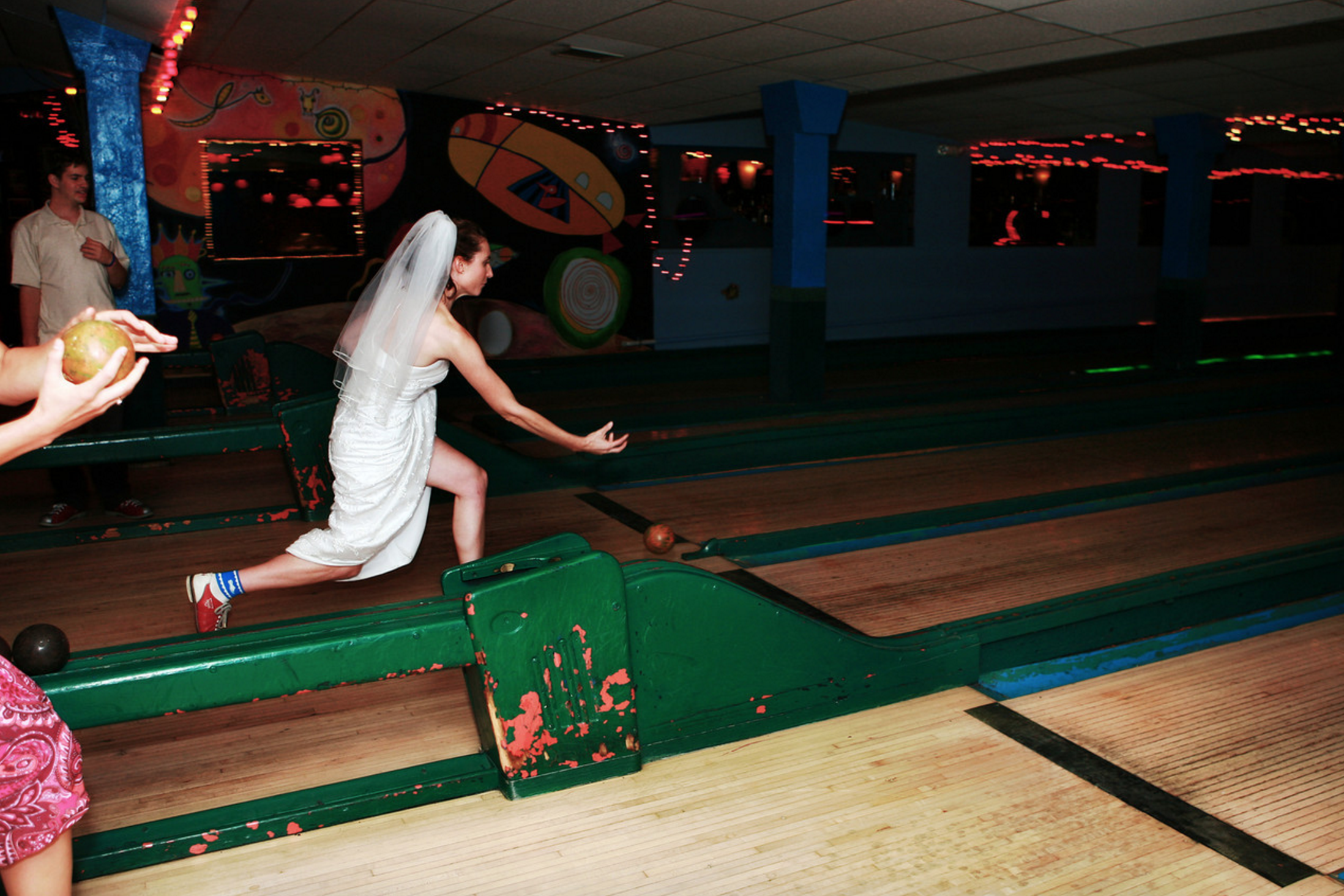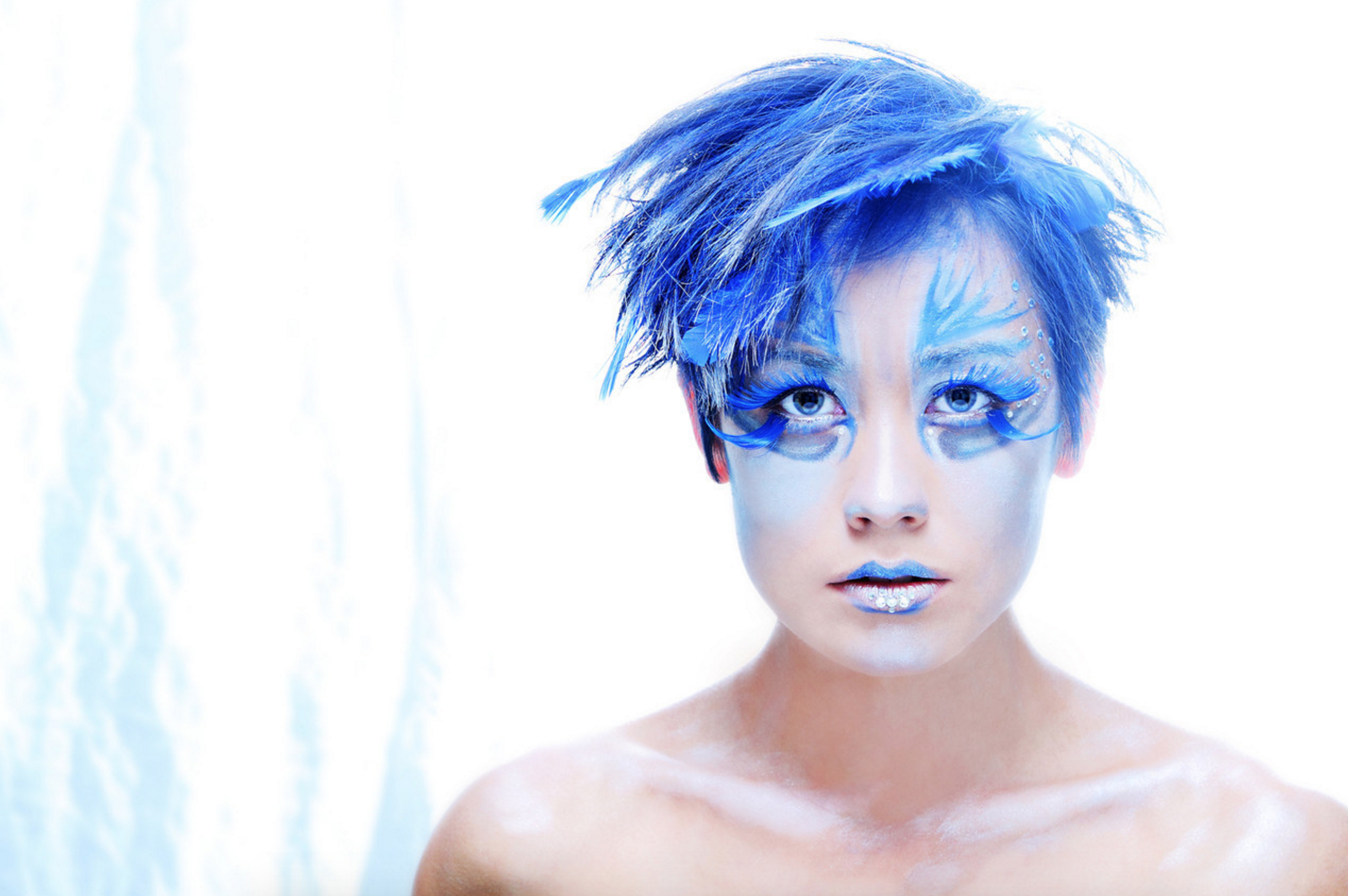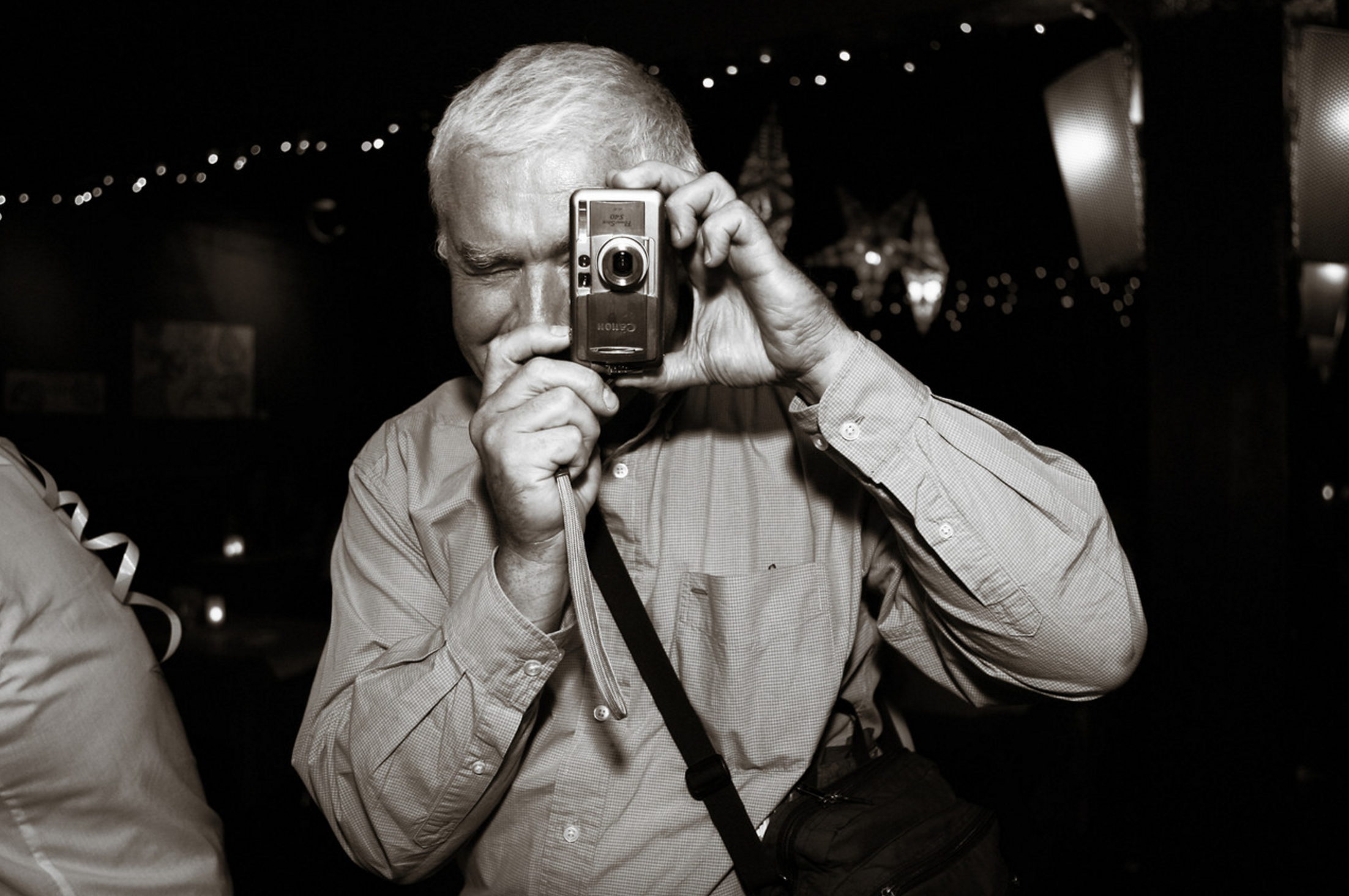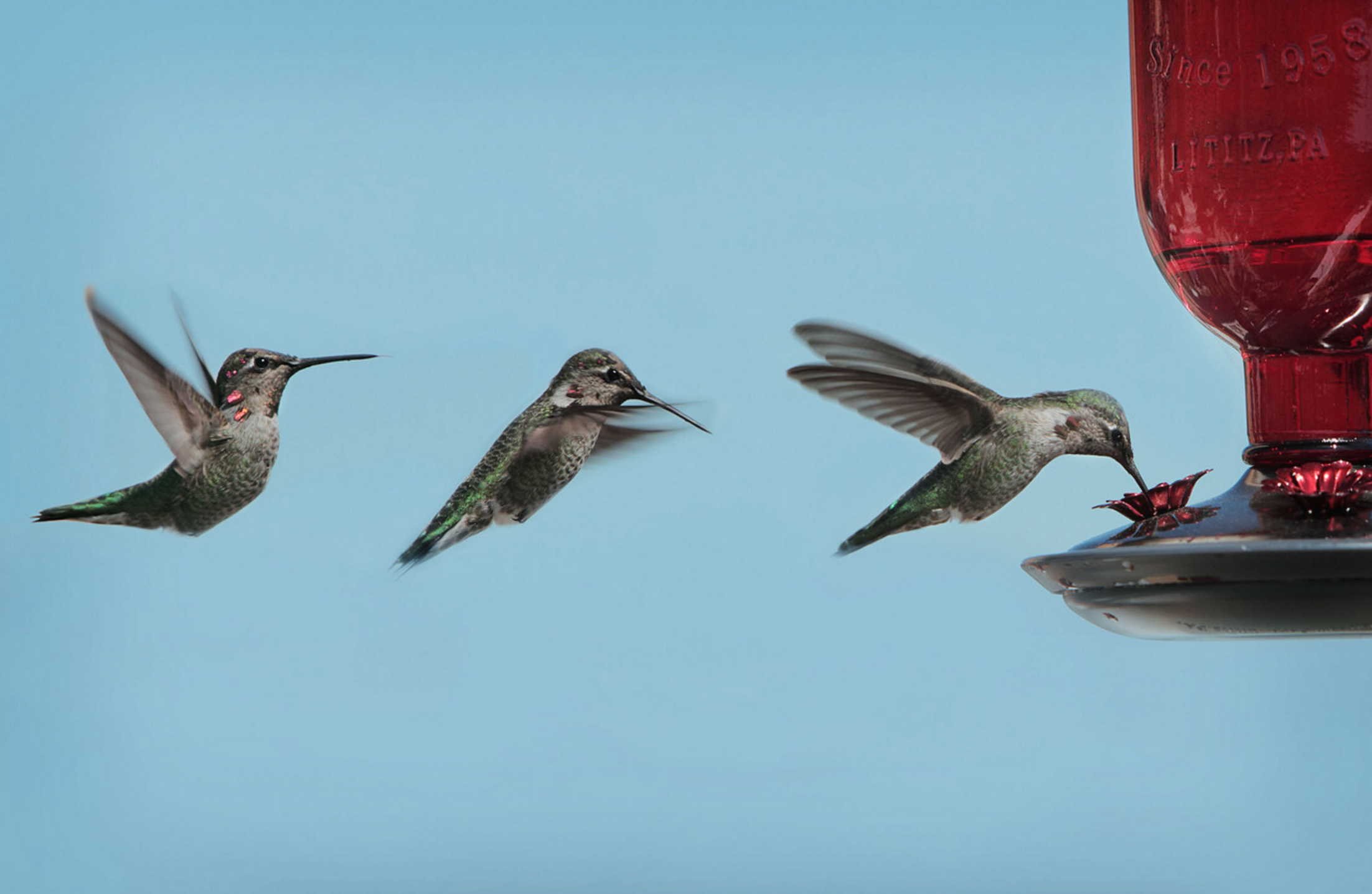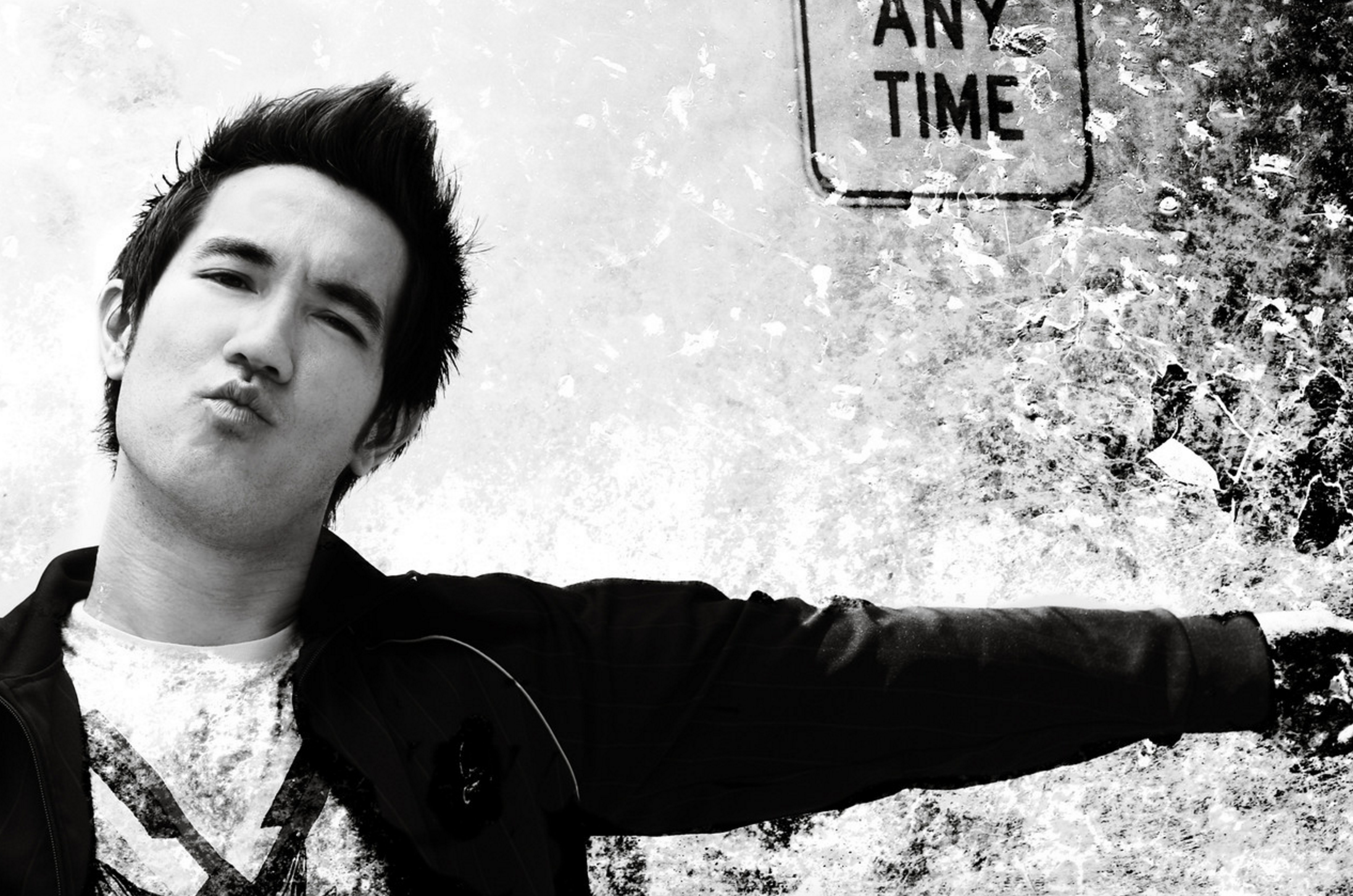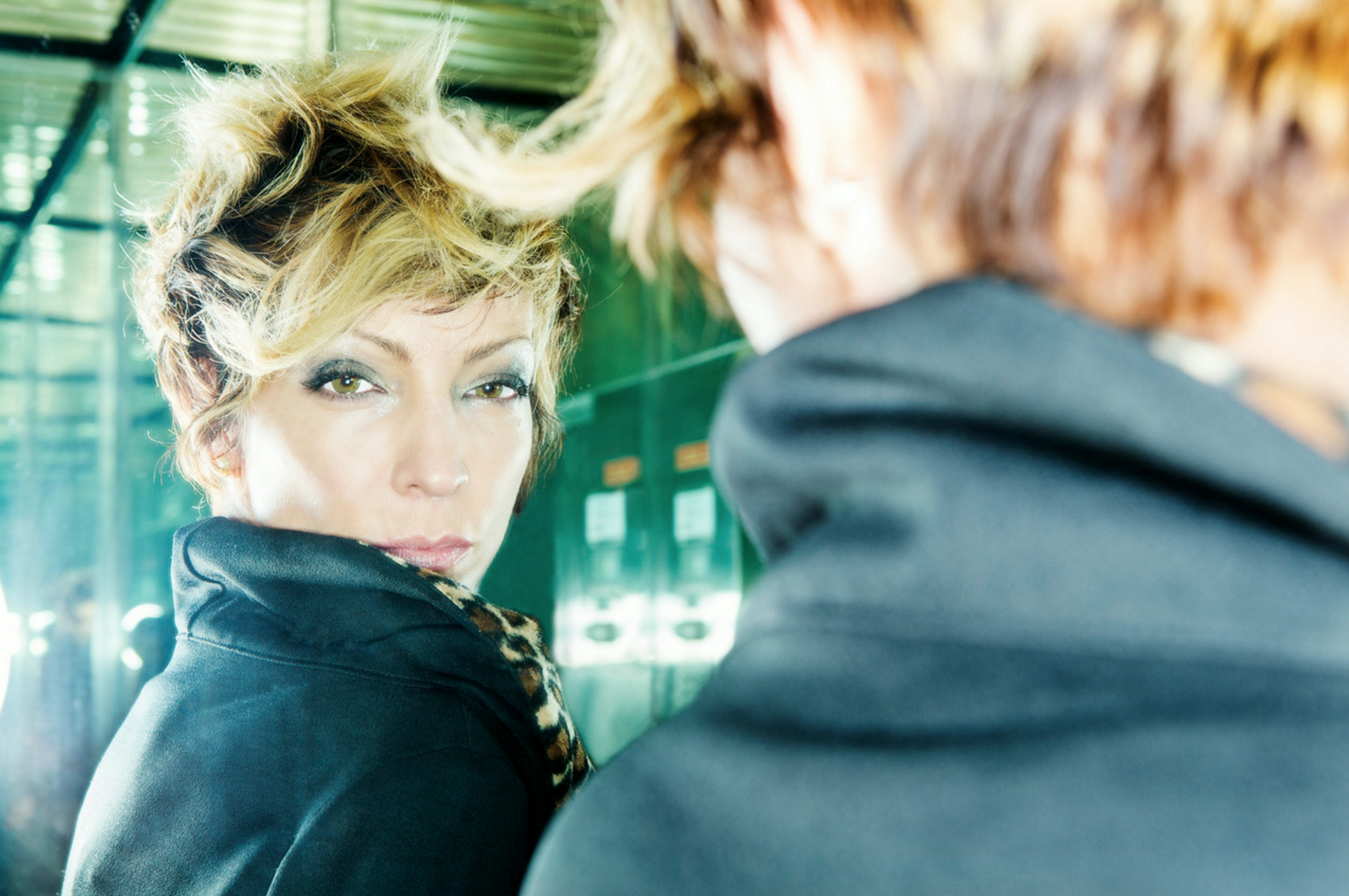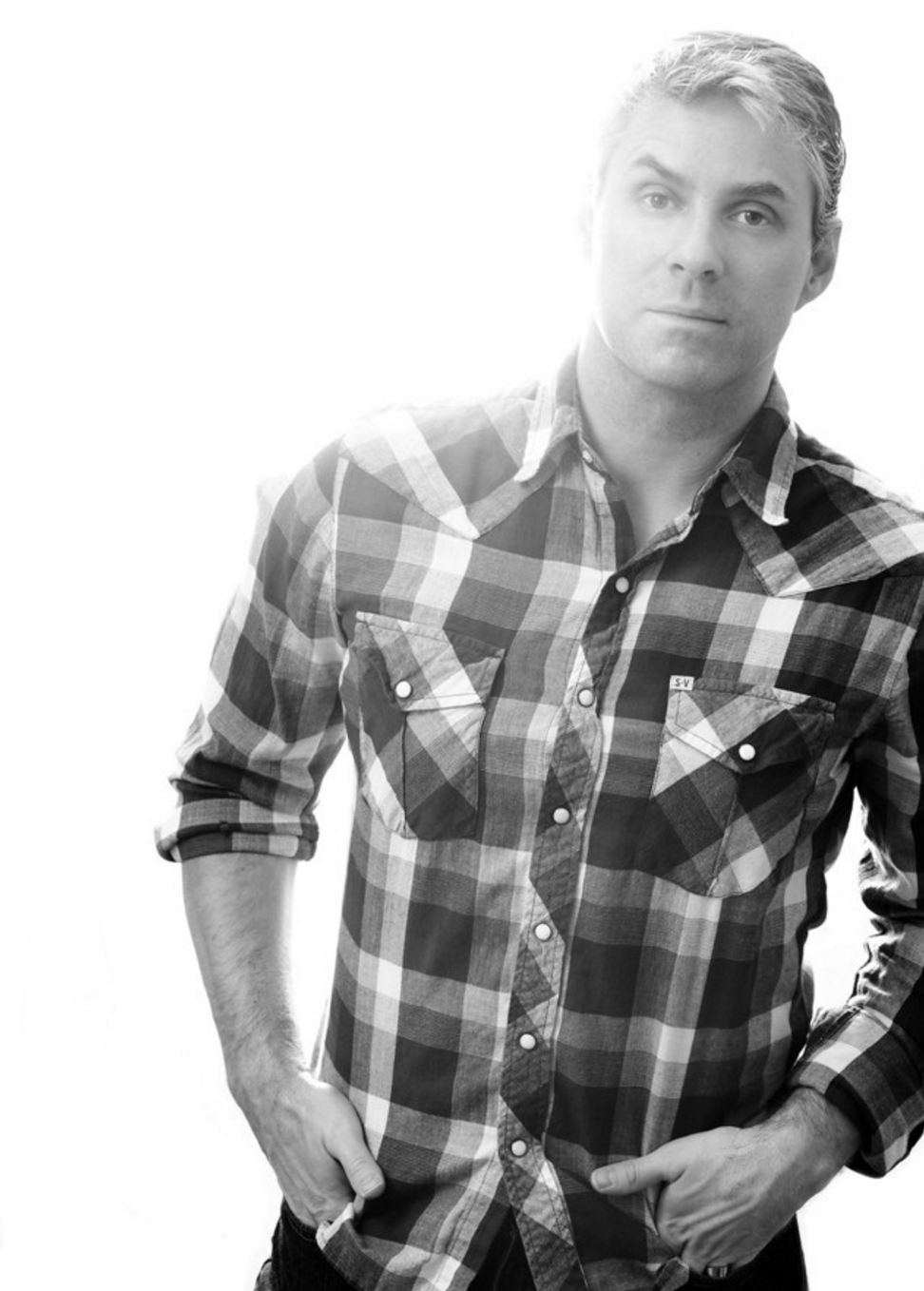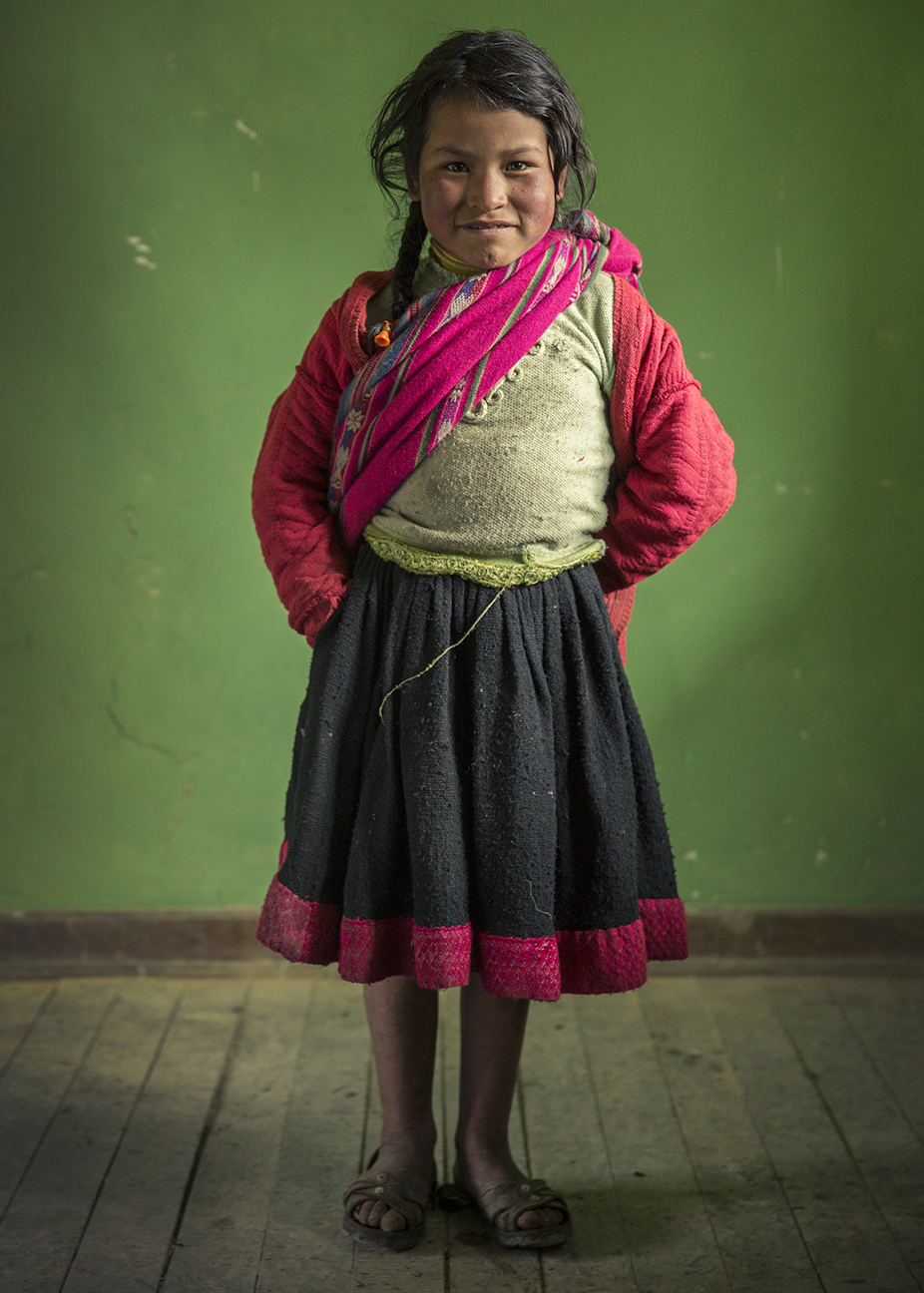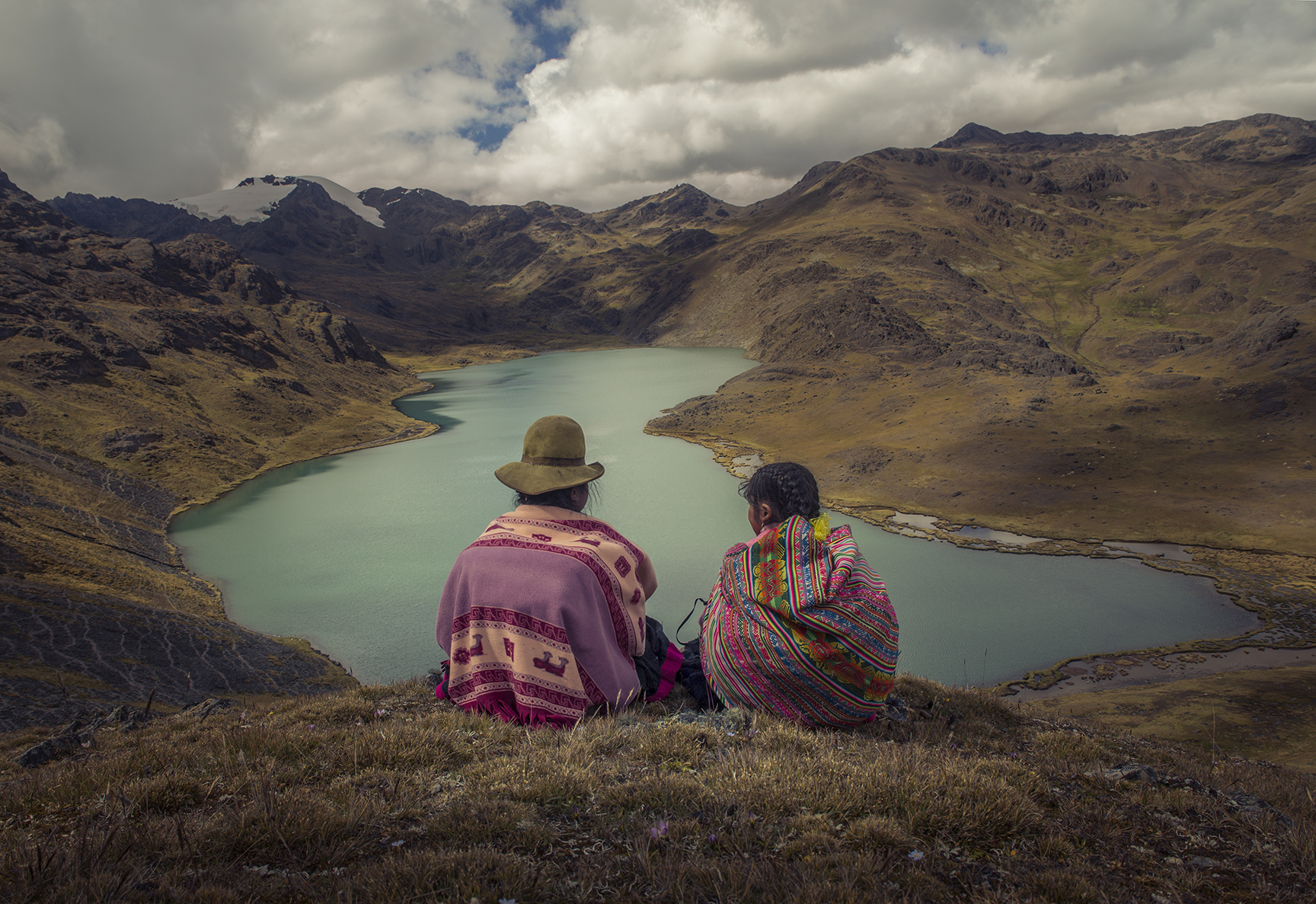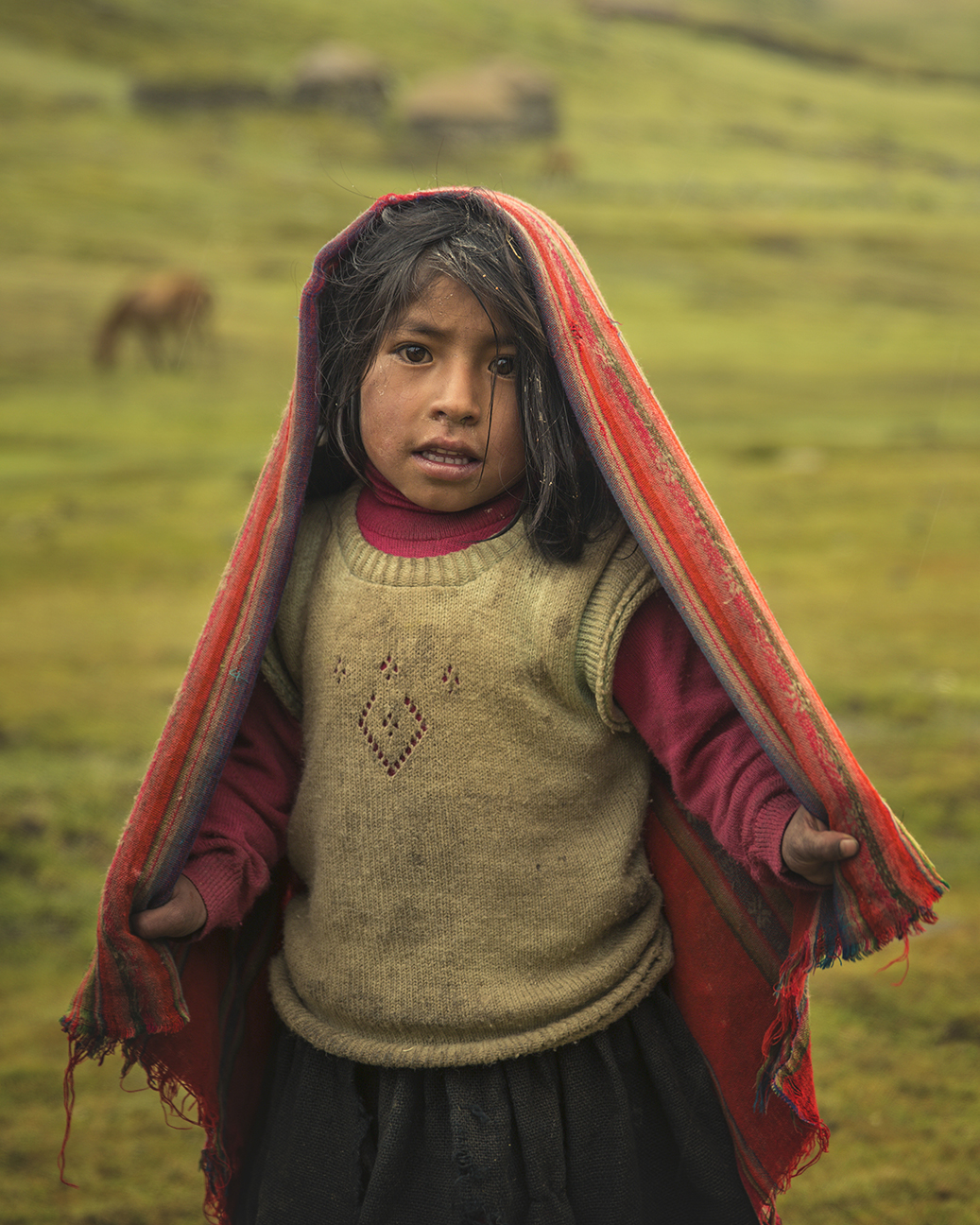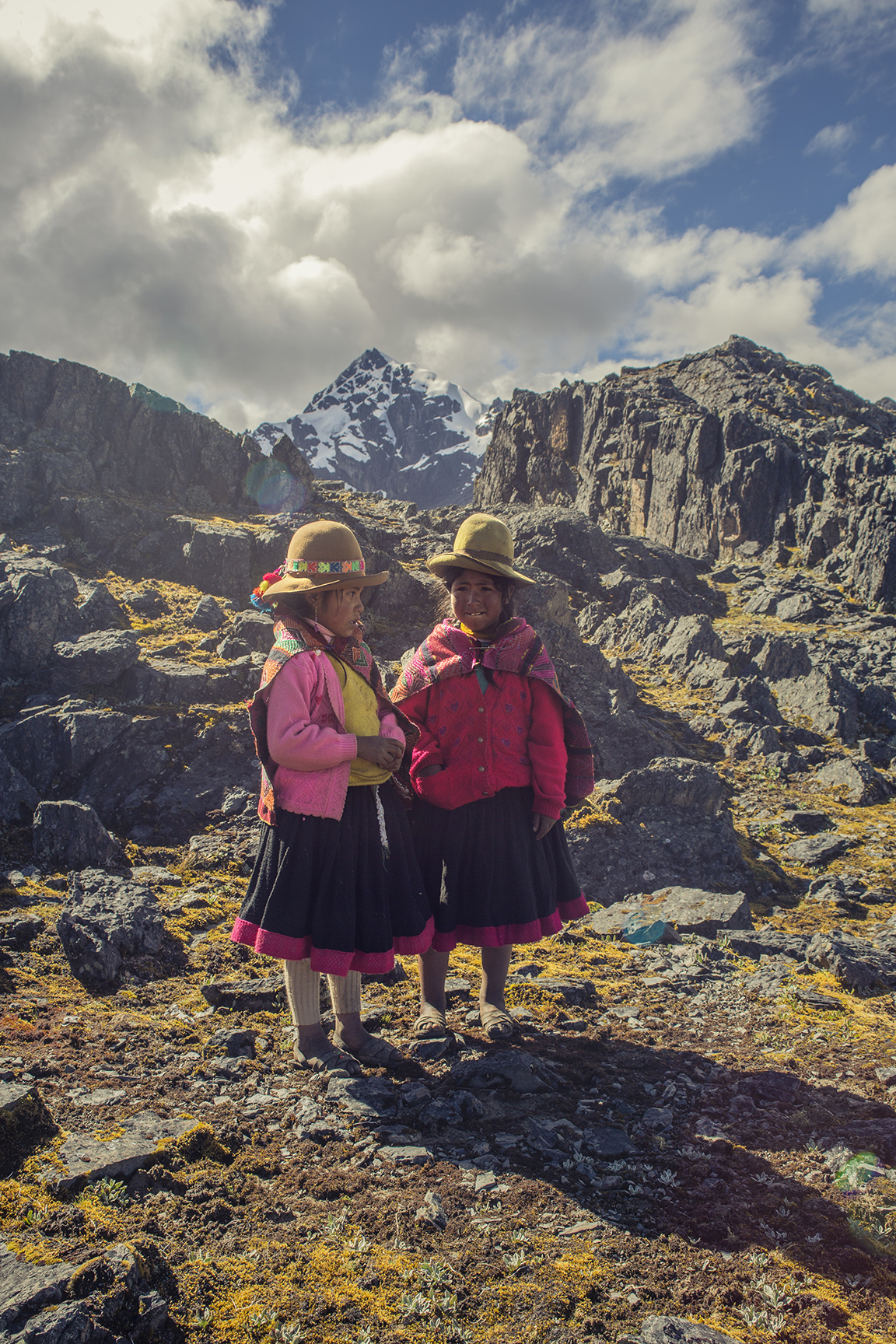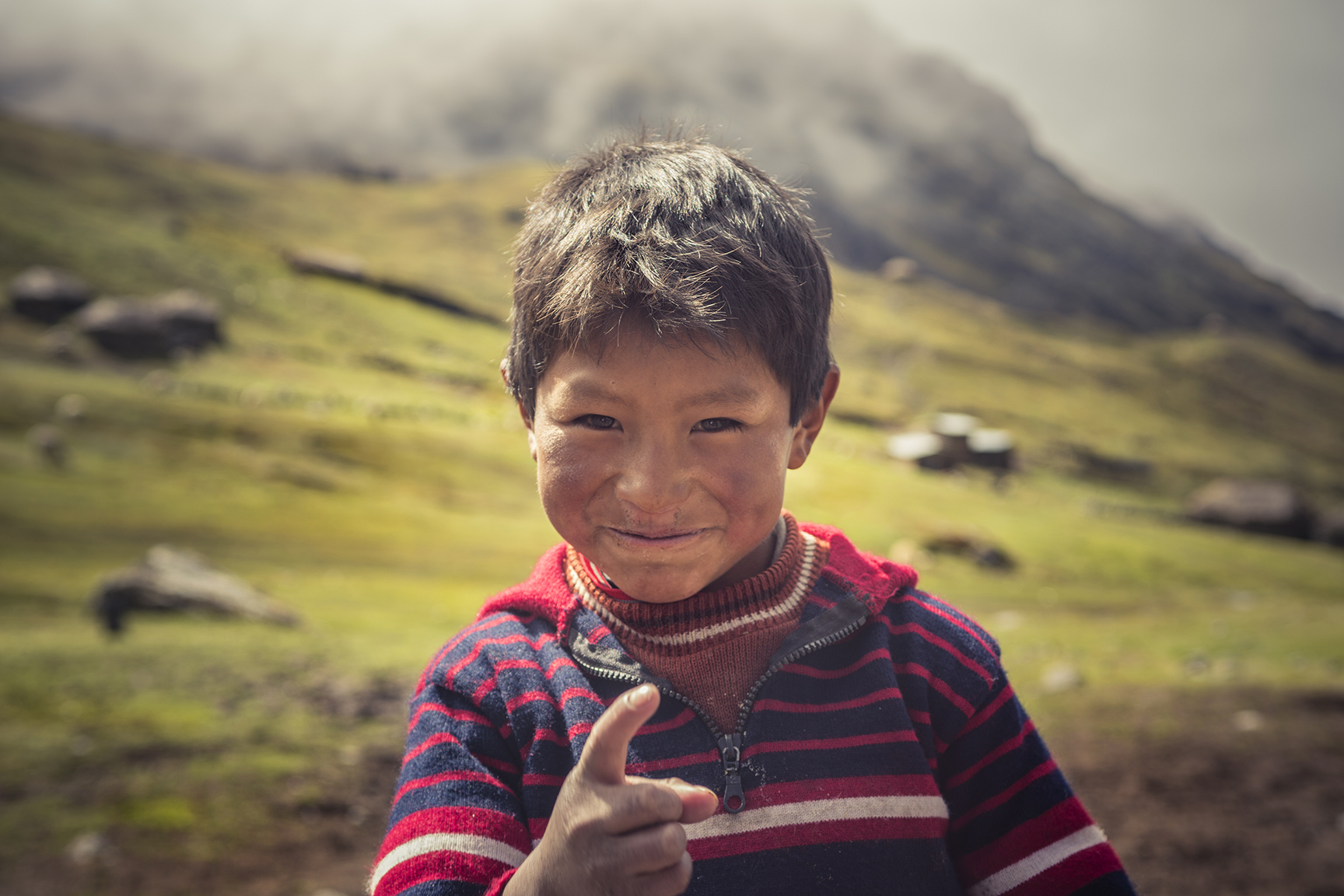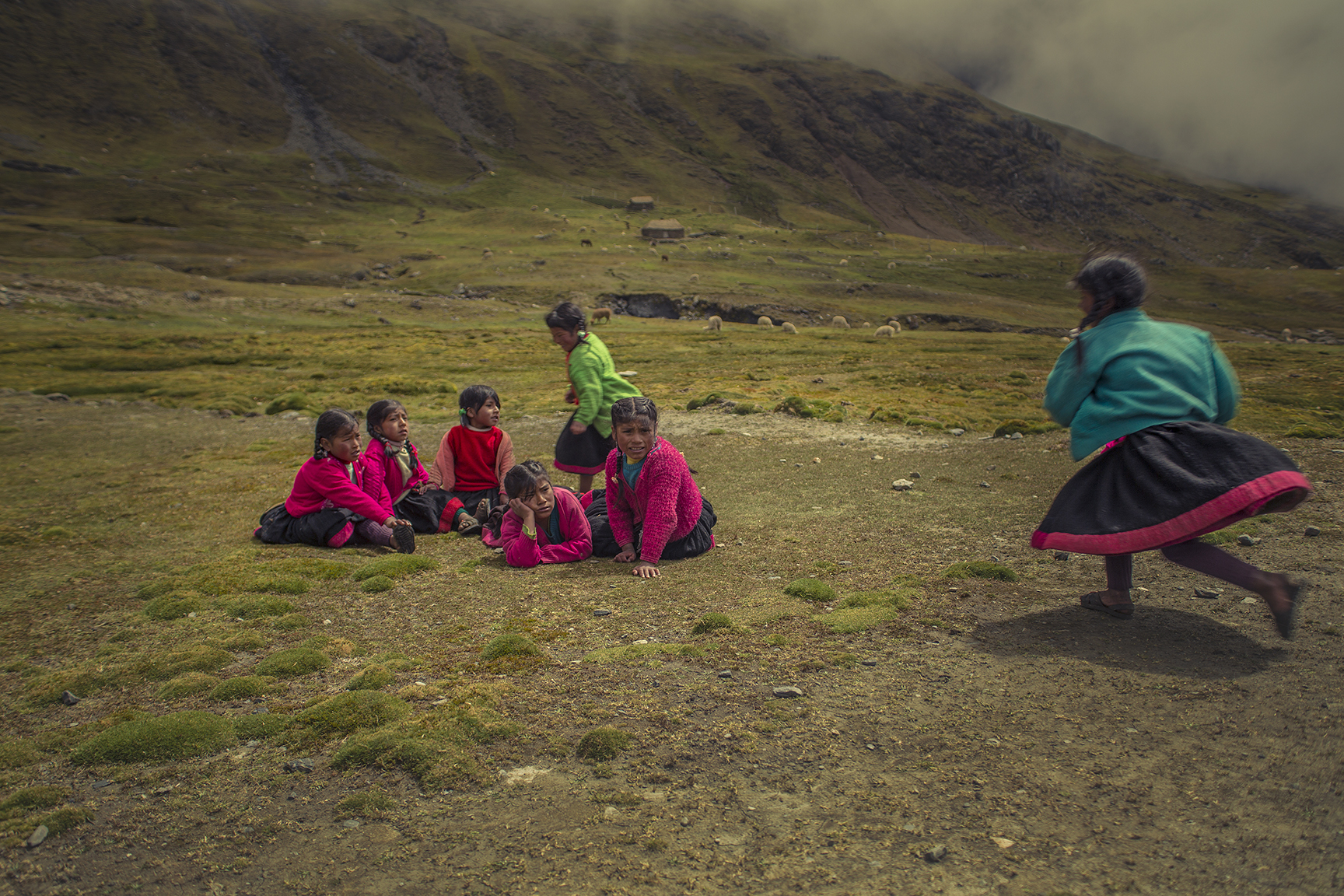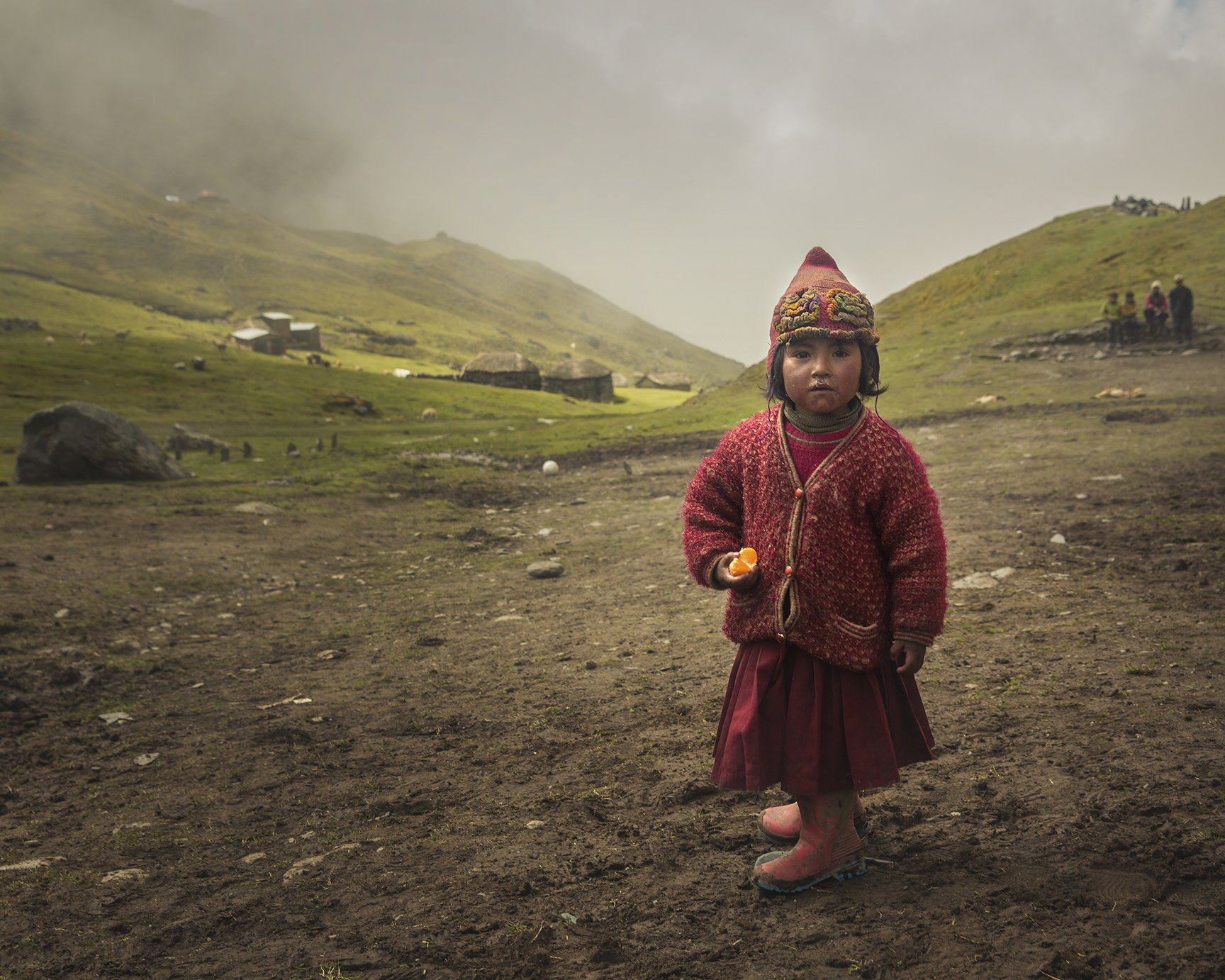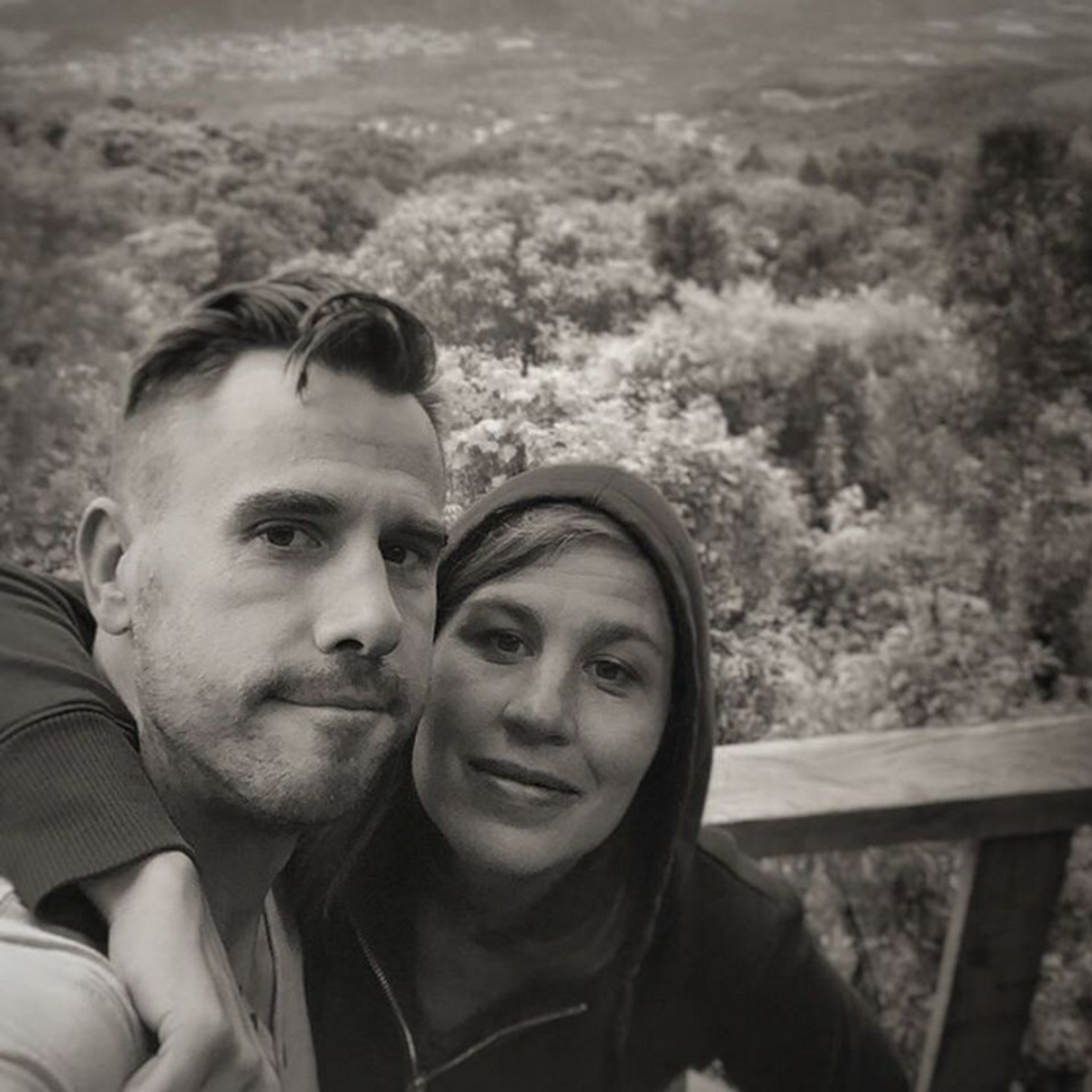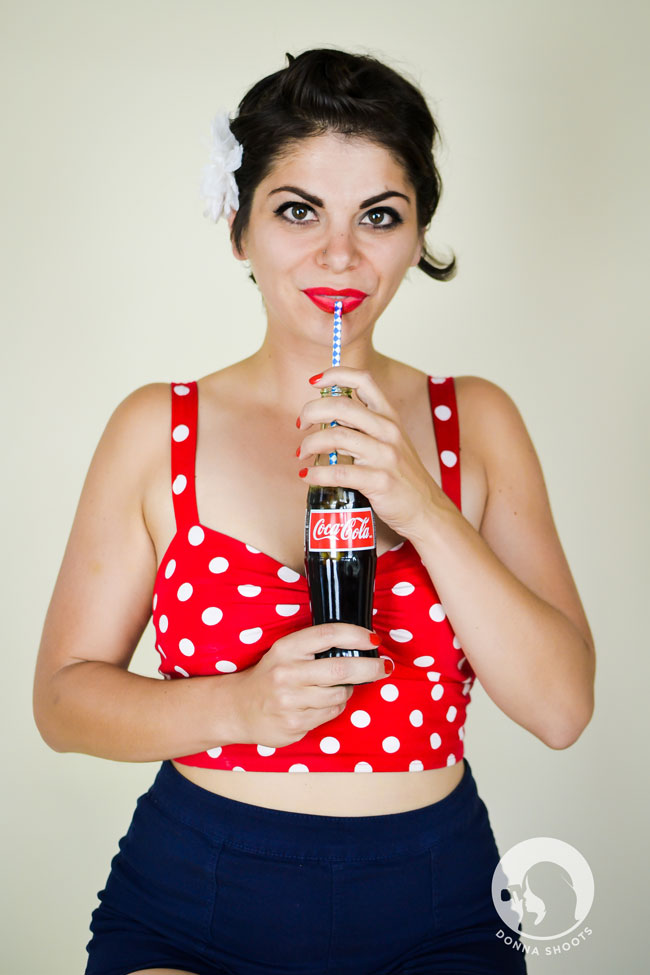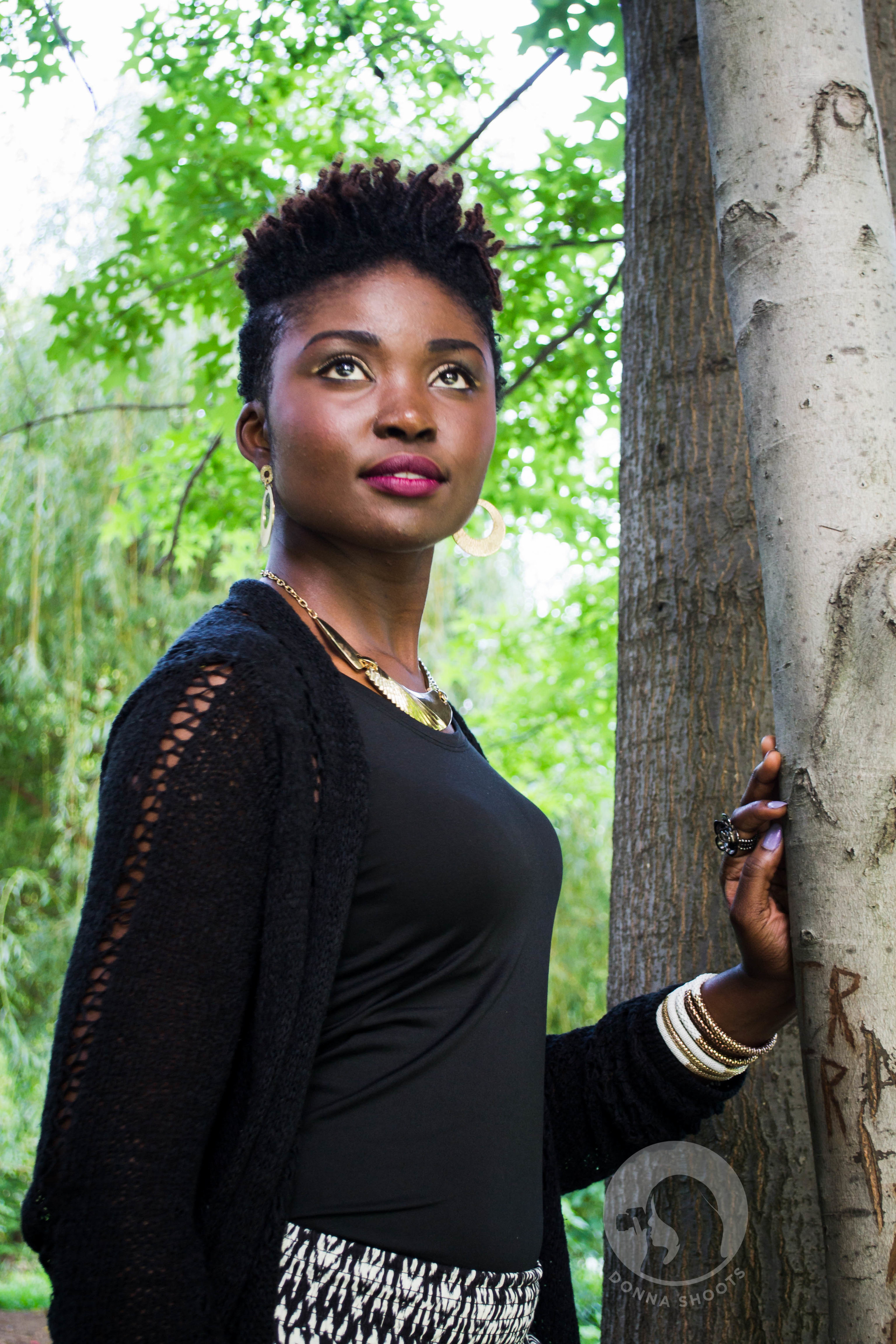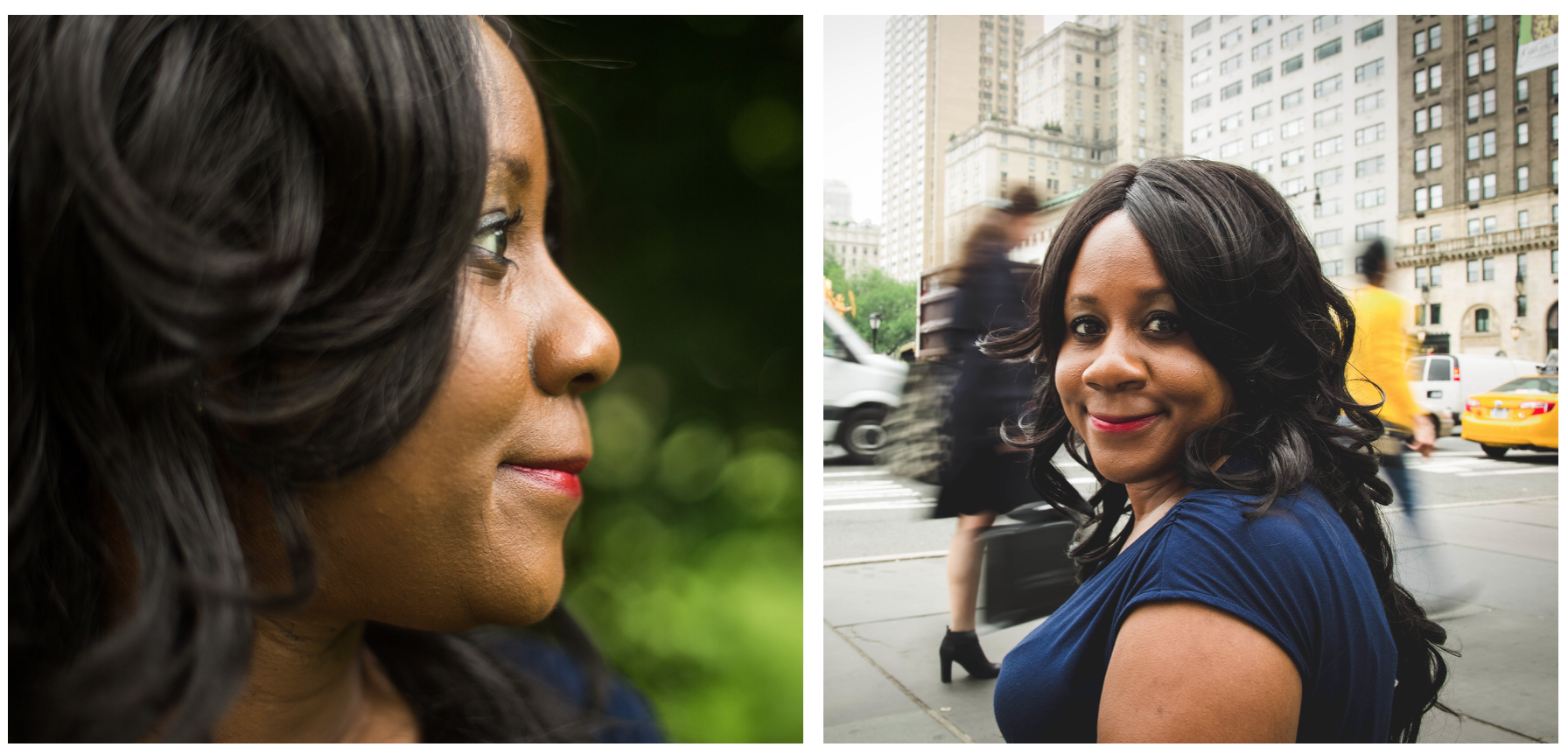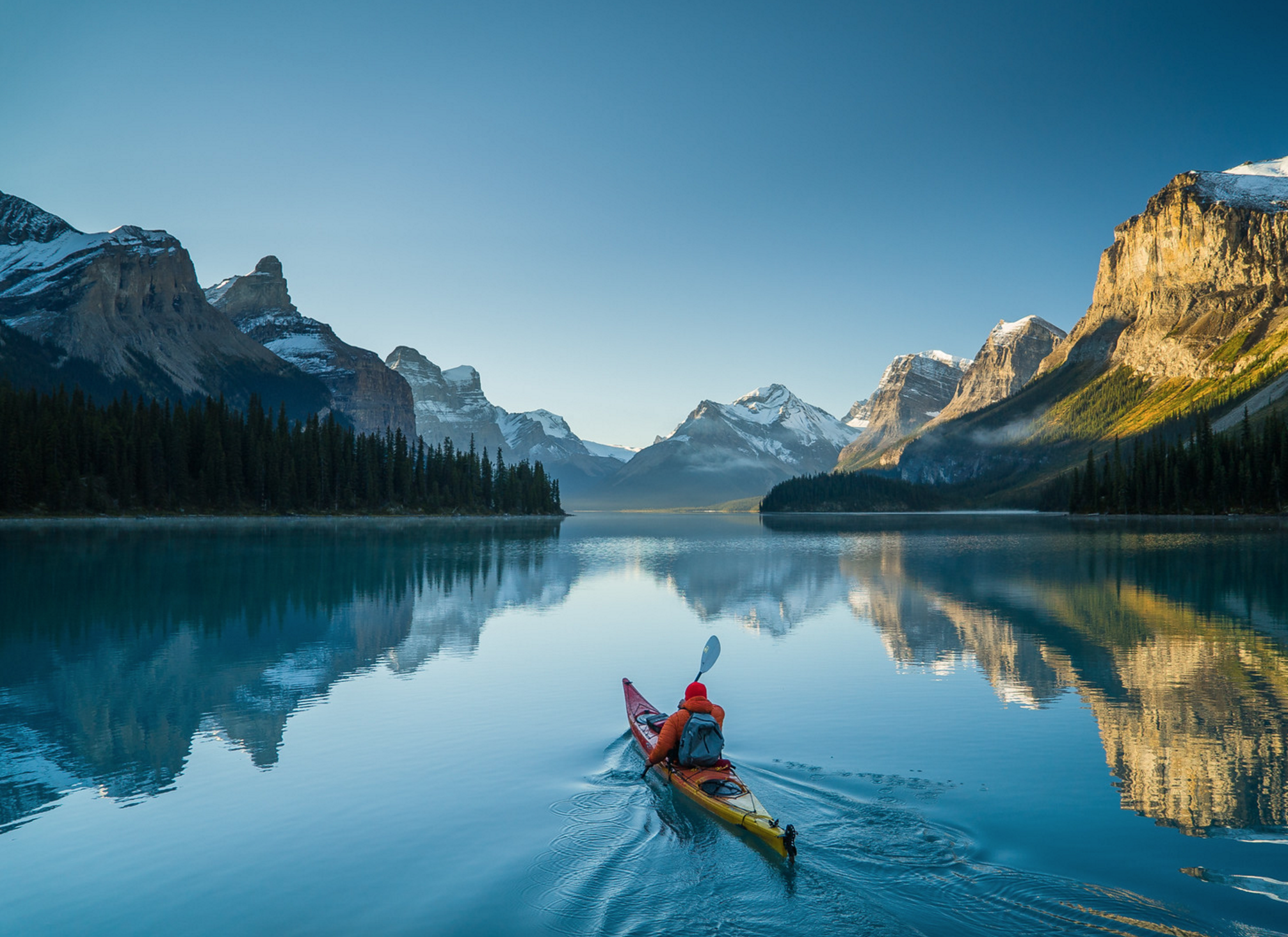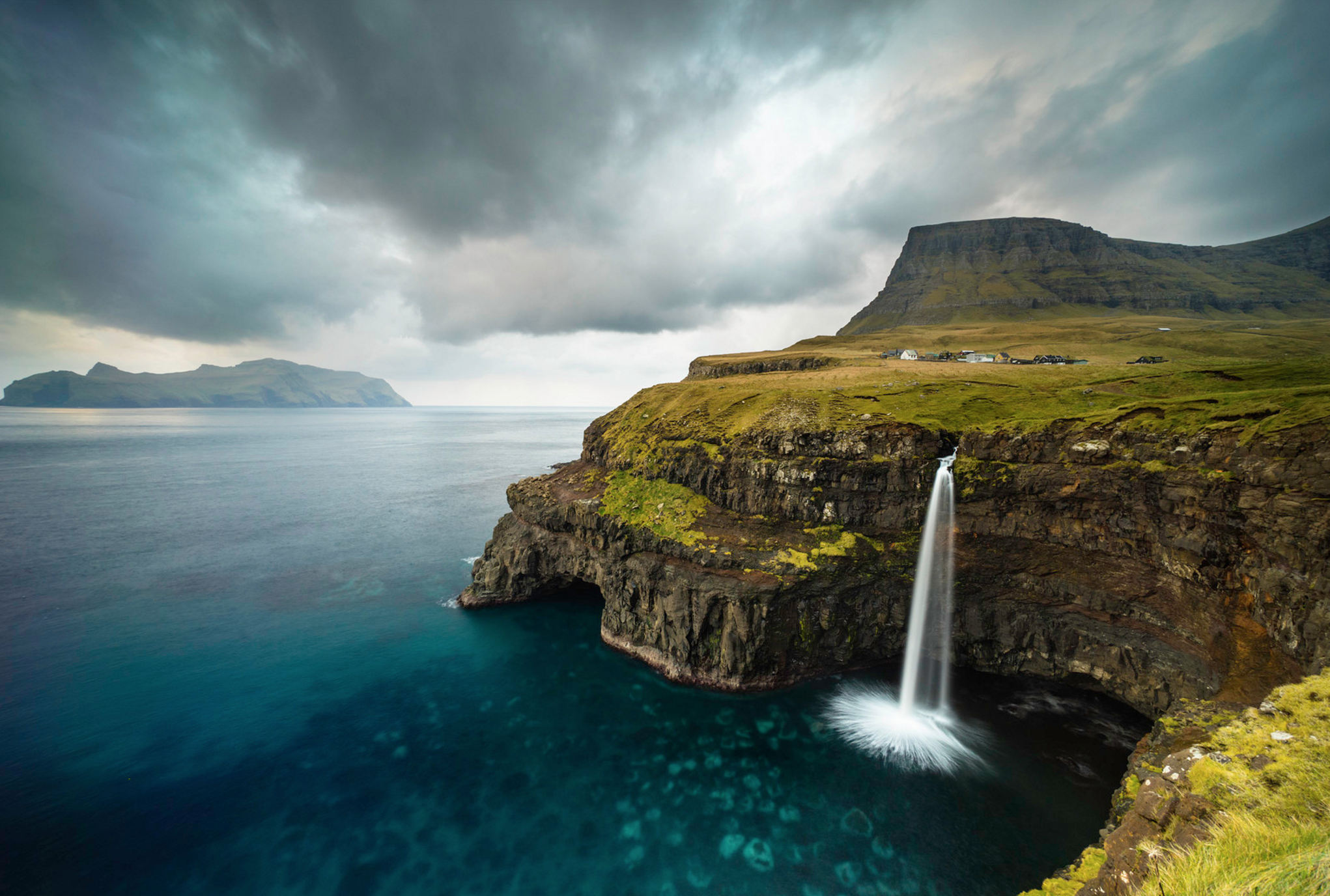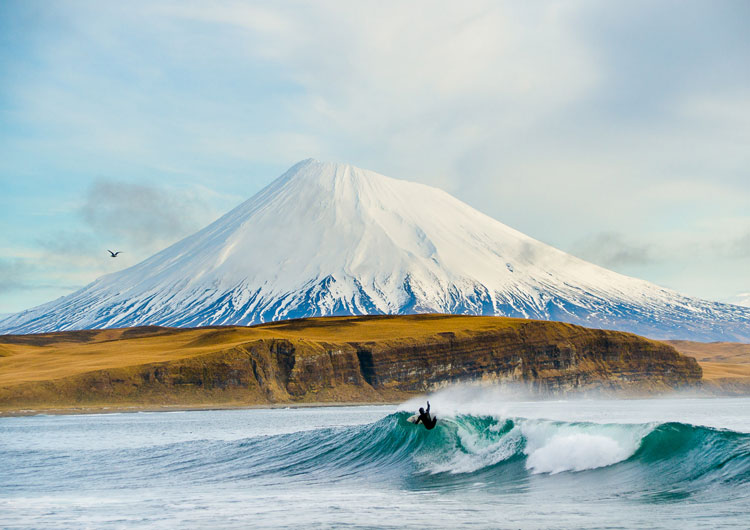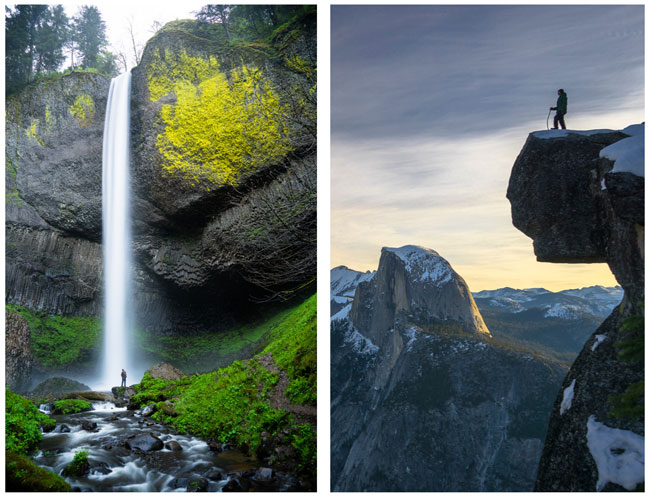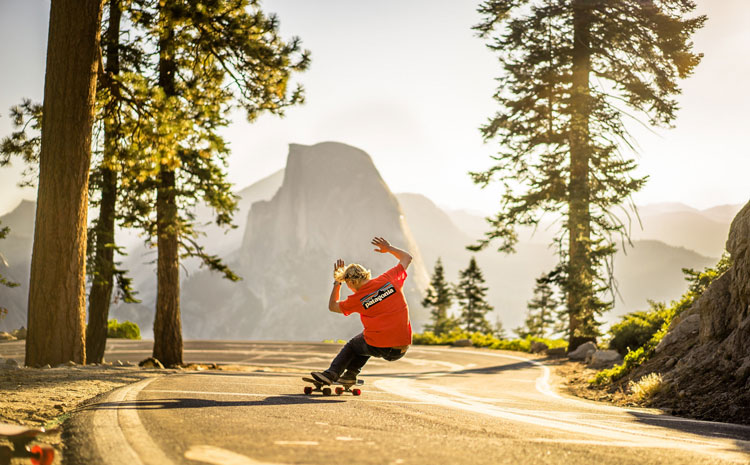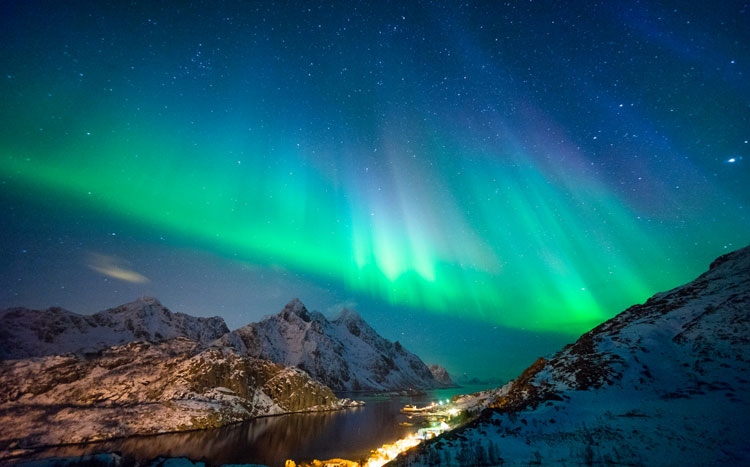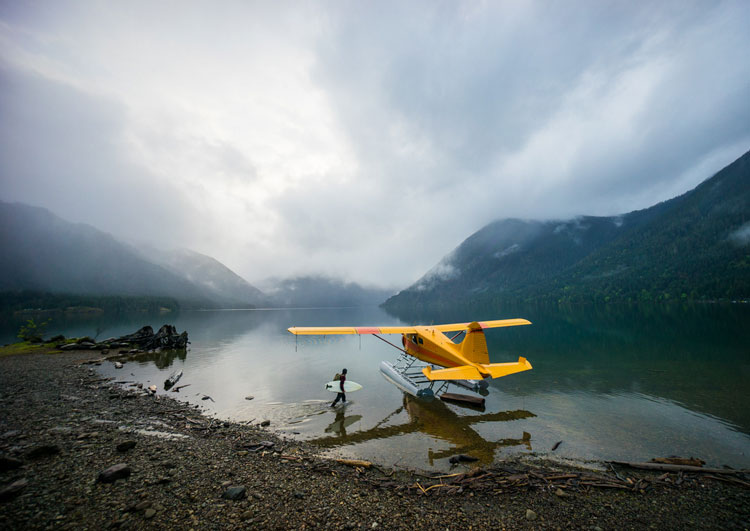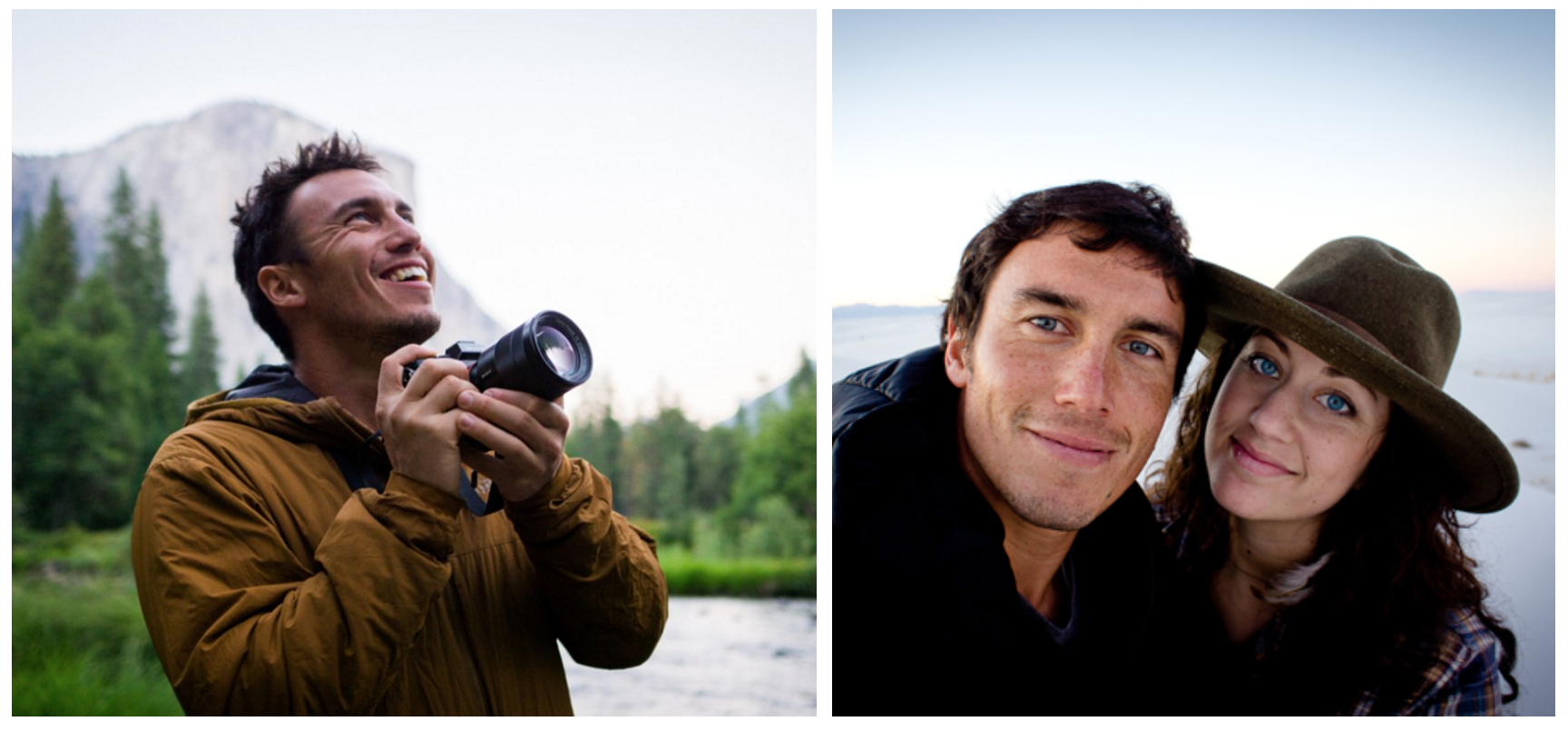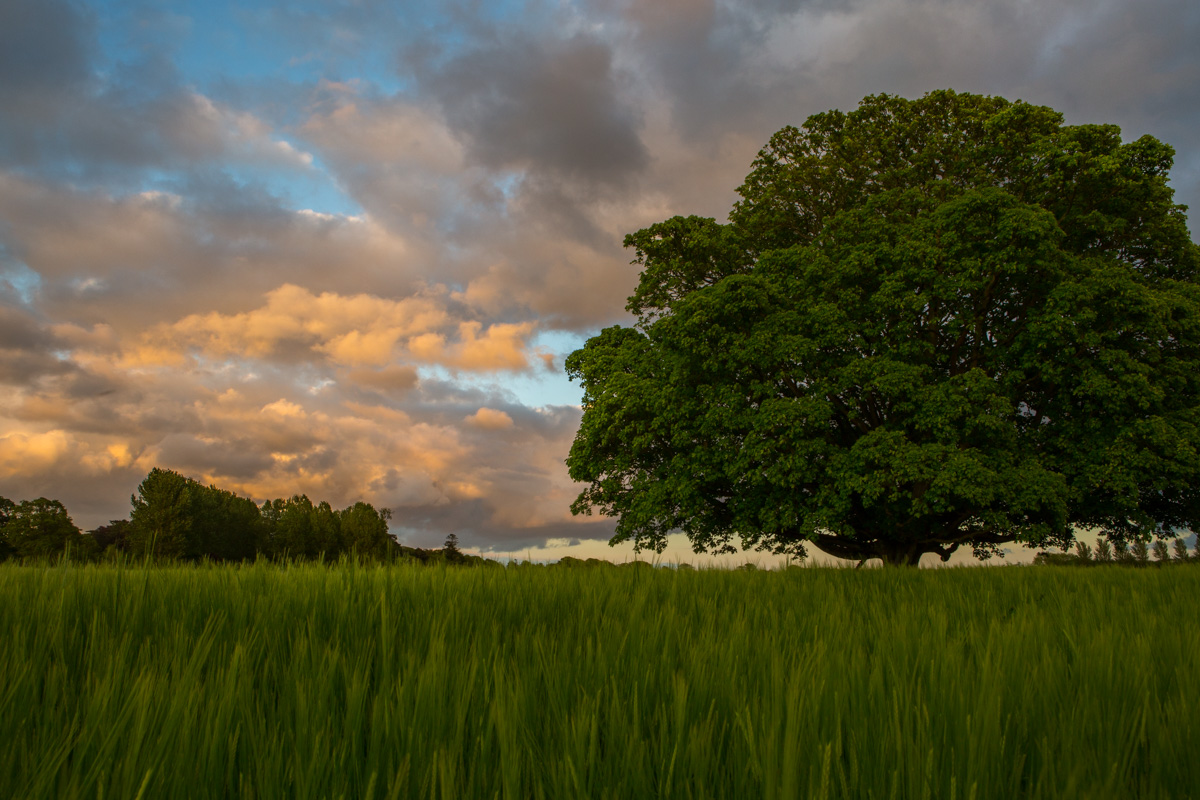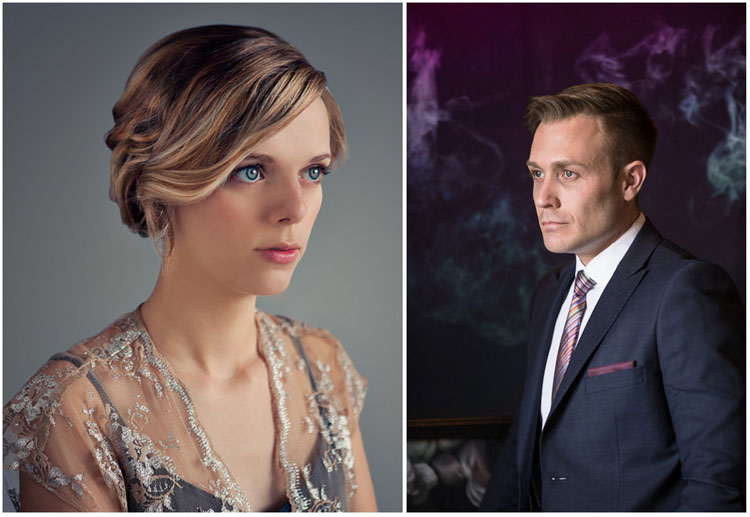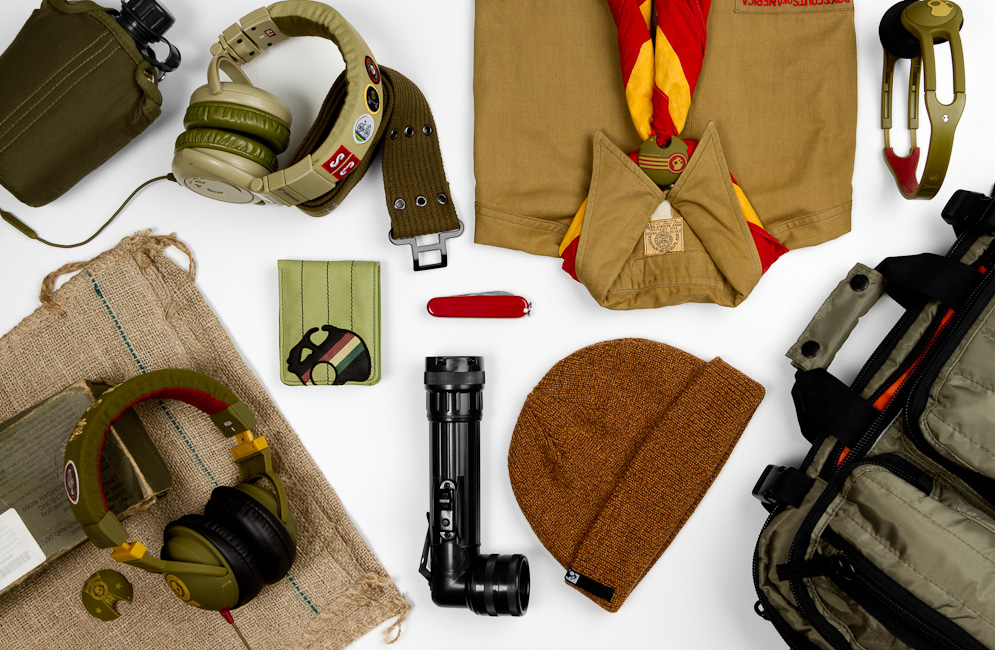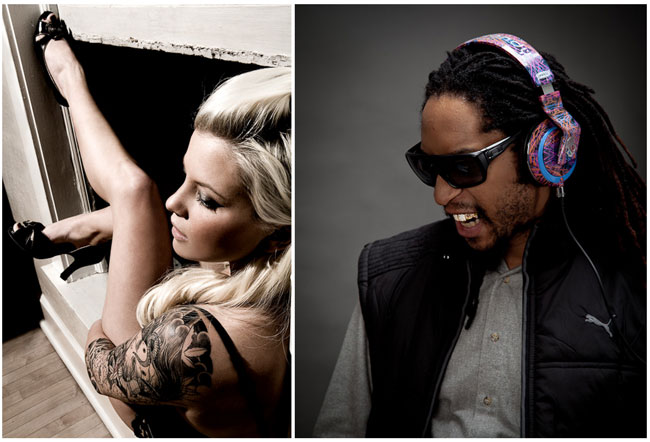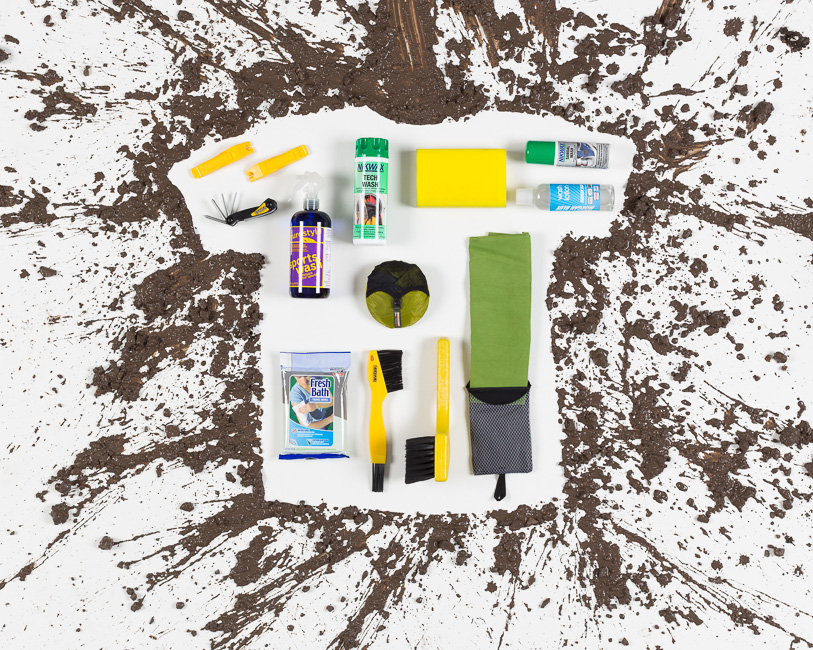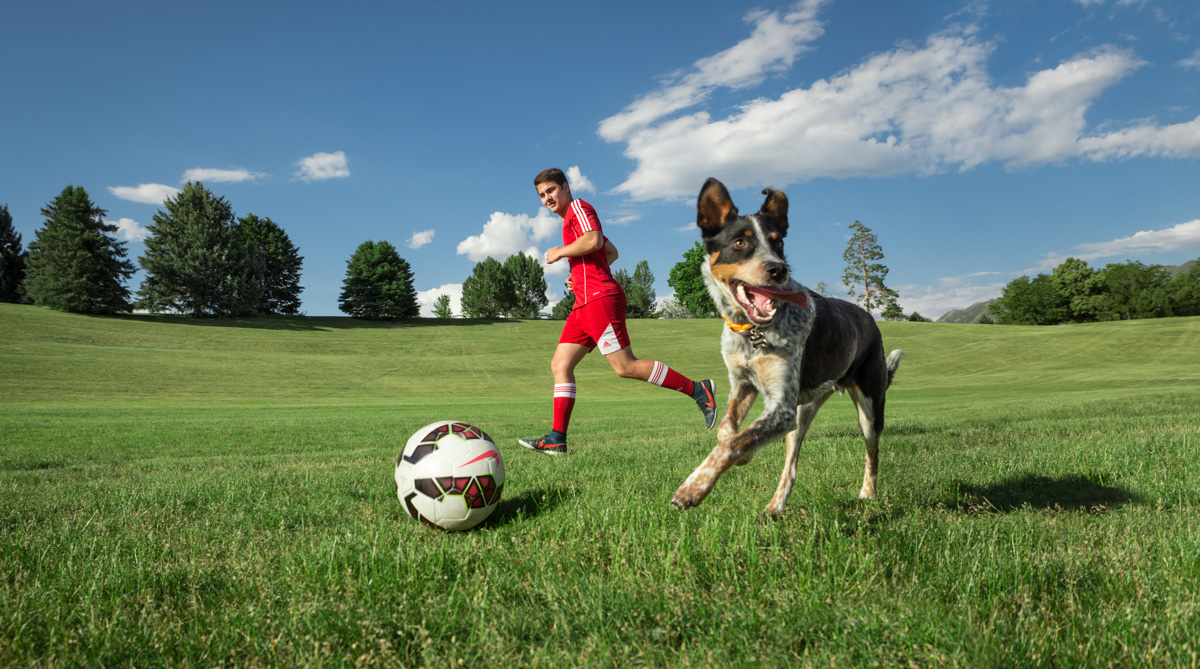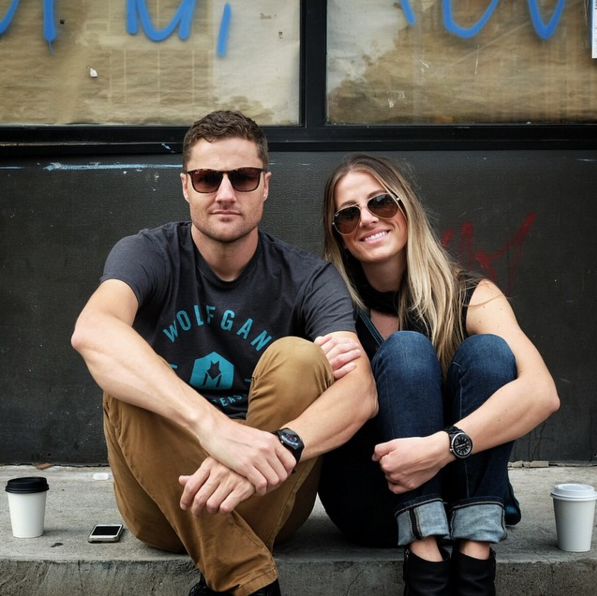Travis Hodges is a talented photographer, videographer, designer, and self-described ‘professional cartoon watcher’. He has worked extensively in the television and film industry in the Los Angeles area. He majored in Musical Dance Theatre at BYU. Hodges lives with his family in Southern California.
Tell us your story and how you got into photography. I grew up in a small town just outside of Milwaukee, Wisconsin. Although I haven’t been back there for…a long time. Growing up photography was just a hobby or something you did to put in a scrap book. My mom loved to take pictures, but wasn’t the best at it, but she loved looking at them a reliving the memories. I think I’ve kept that love with me still to this day. I love going back over photos I’ve shot about it now, and enjoy reliving the memories of that photo or video shoot. I truly came to photography just after college. I was working on a television show in the production department at the time and would hang out with the camera department. The camera operator was a hobby photographer and one of the additional camera assistants was a pro photographer. I loved seeing their images. How they captured people or places, the stories that each photograph would tell.
I started asking questions about light, aperture, shutter, composition, and ask them to tell me anything they were willing to share. When I was ready, I asked one which camera system I should get. One of them gave me the best advice, “Camera’s are pretty smart these days. Get the one that feels the best in your hand.” That’s exactly what I did. I went to my local camera shop and tried a Nikon and a Canon. It just so happened that the Nikon camera had an auto-focus on/off button right where it felt natural to hold my thumb, so I went with the Canon and have never regretted it. I bought the Canon Elan 7 along with the Tamron zoom lens. I still have that camera, but sold the lens. I would bring the camera to set with me every chance I got. Every so often the network would send an on-set photographer for promo photos. We became friends and I would drill him about any and everything. With his help I started taking more portraits and doing head shots for friends that were actors. Which is how I got started doing head shot photography.
What is your career like these days? What pays the bills? What allows you to be creative? My career has been interesting. Today there has been a call for people who do stills and motion images. So having a moving images background has helped me. My work staple is still headshots, portraits of bands, and musicians, but I work on projects where we are shooting the stills campaign and a video campaign. I also still assist other photographers. I think one of the things that helps me be and stay creative is helping friends or people I know with their projects. There’s usually no particular pressure to deliver something specific. It’s just about figuring out what you have on hand and making something cool out of that. One of the photographers I really like is Zack Arias. He often says the best piece of equipment you have is your brain- I really believe that. You can get caught up in need to impress by having the latest and greatest equipment, but it’s all fluff. Use your brain and what’s inside you. From that, some of the most amazing things can happen.
Tell us about your project, Fatherhood: Some Assembly Required. Fatherhood: Some Assembly Required is, at the moment, a passion project that my fellow father and friend Larry Davis came up with. Larry is the primary caregiver in his house and I get good amount of time with my daughter. We would talk about how there haven’t been a lot of resources for a modern dad. A place where he could go to for a bit of support or talk about the travails of being a dad. So we decided to make a YouTube channel about our experiences of being dads in hopes of giving other fathers or moms out there a place they can say “Hey my kid does that too!” Somewhere they can know they aren’t alone, and hopefully, laugh about life and raising kids.
